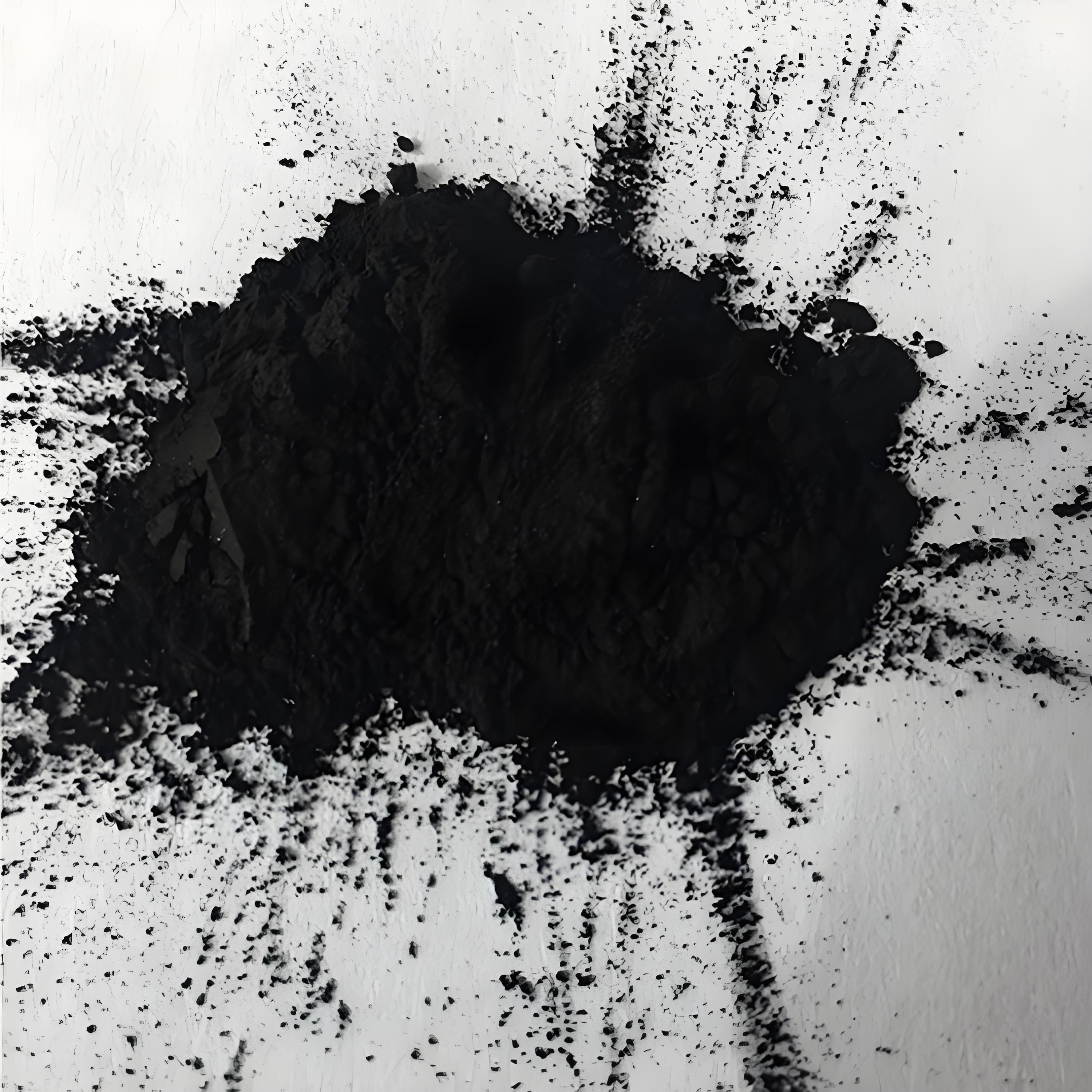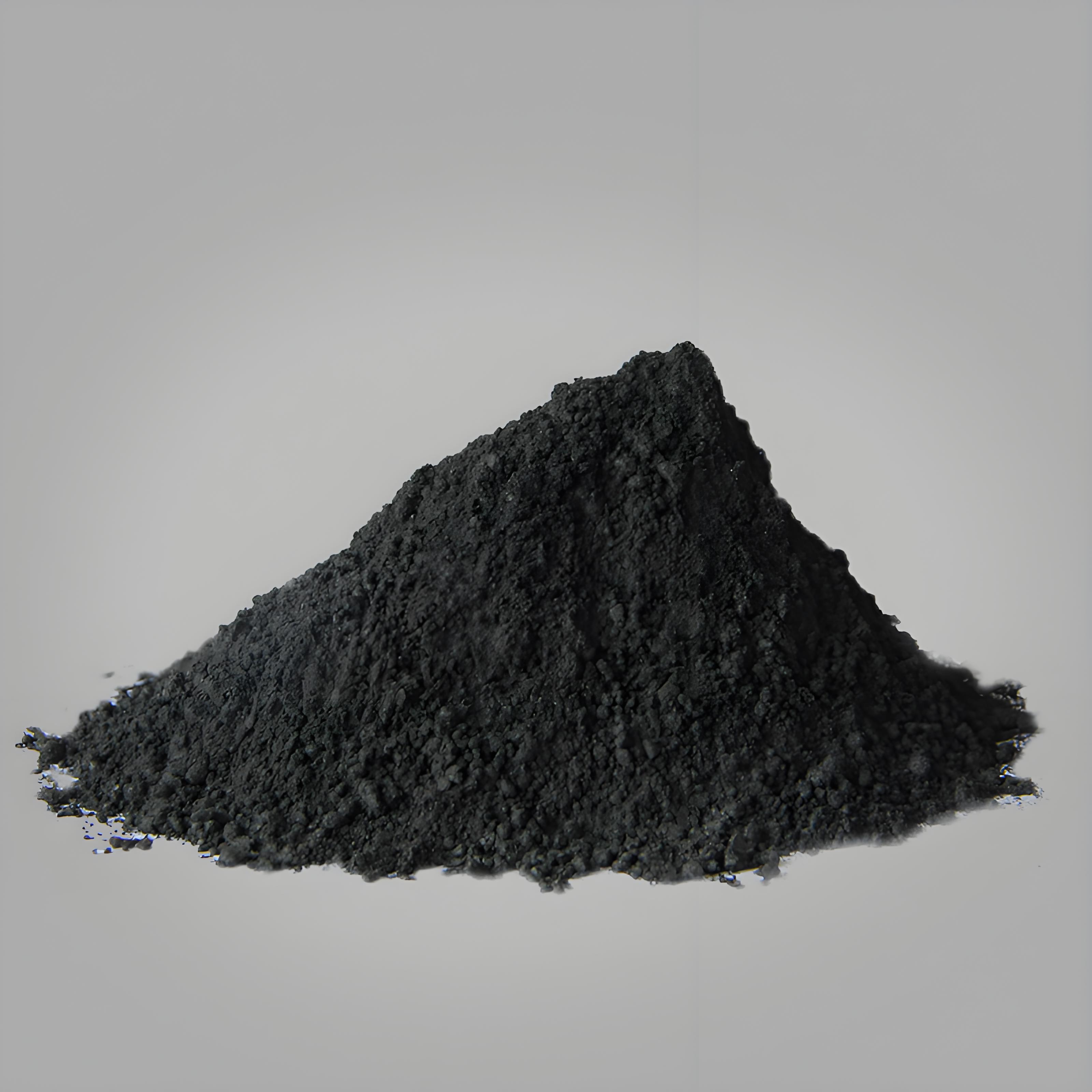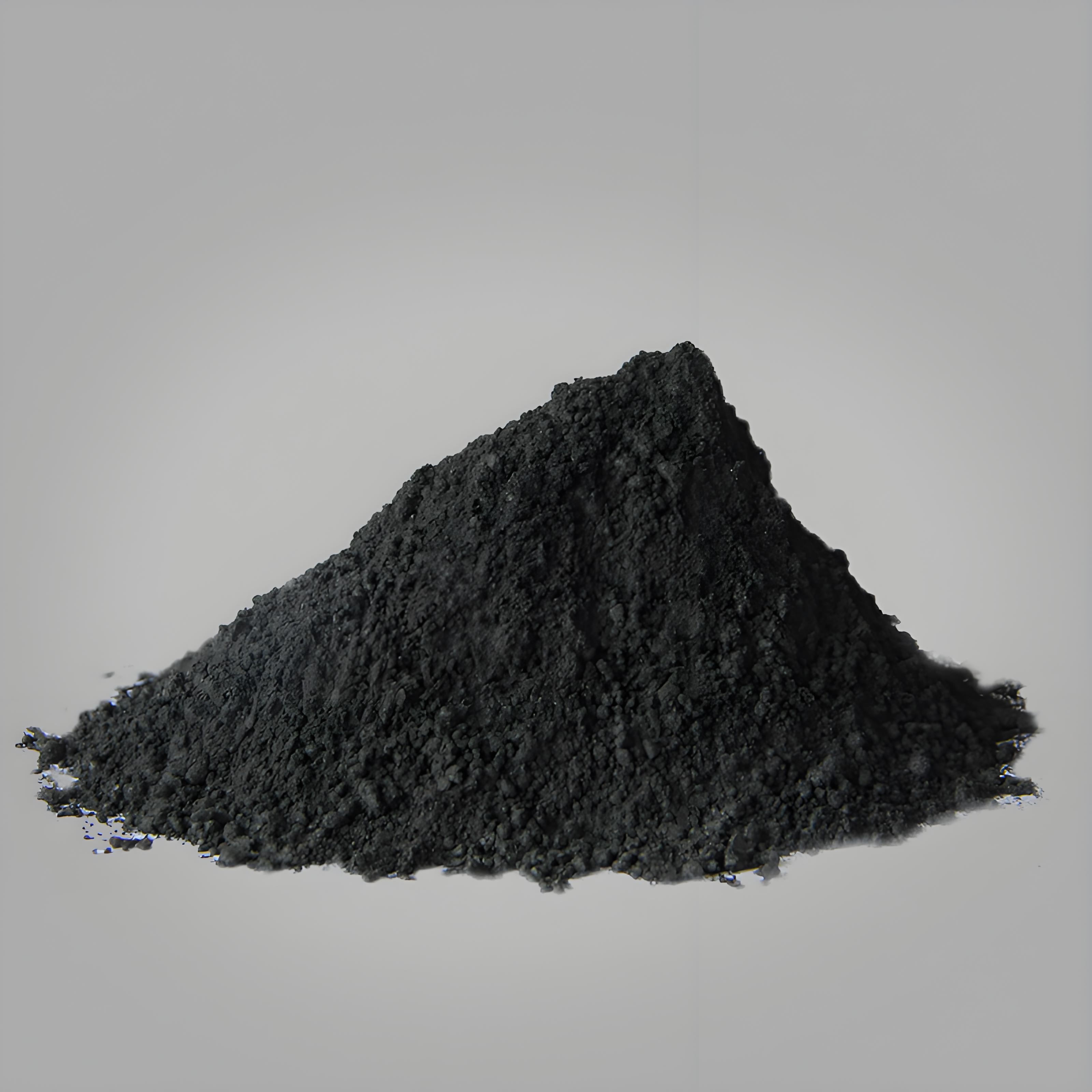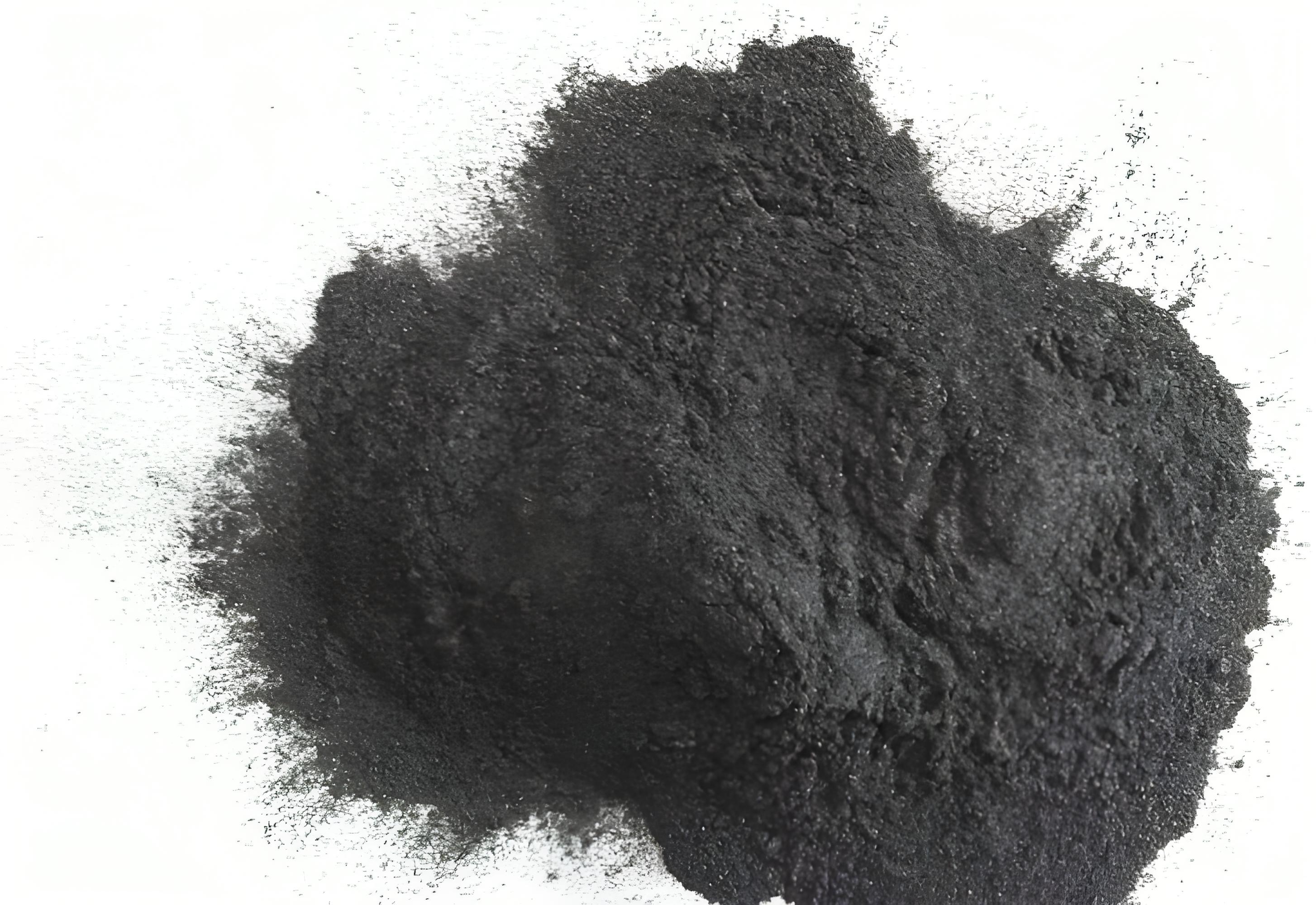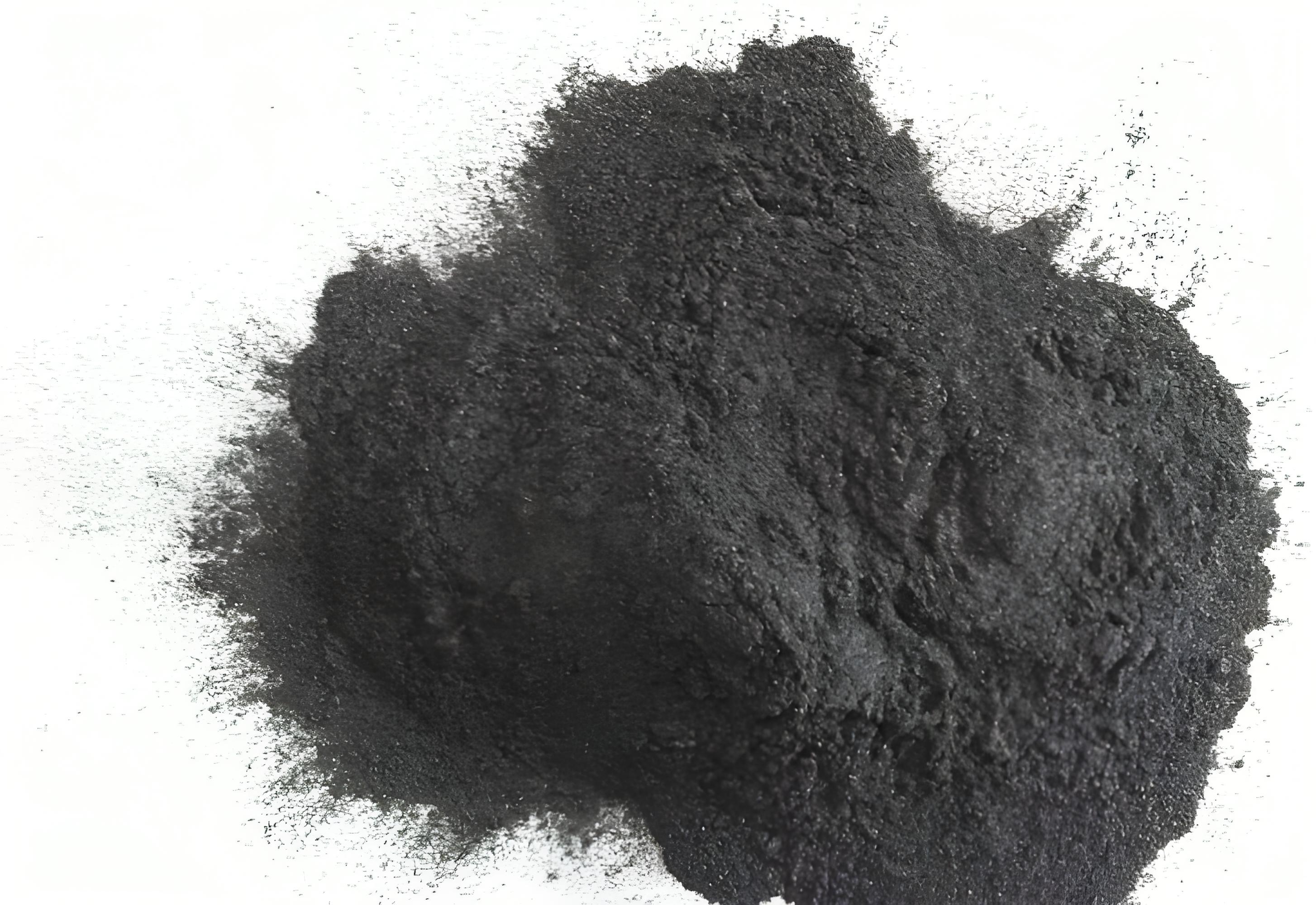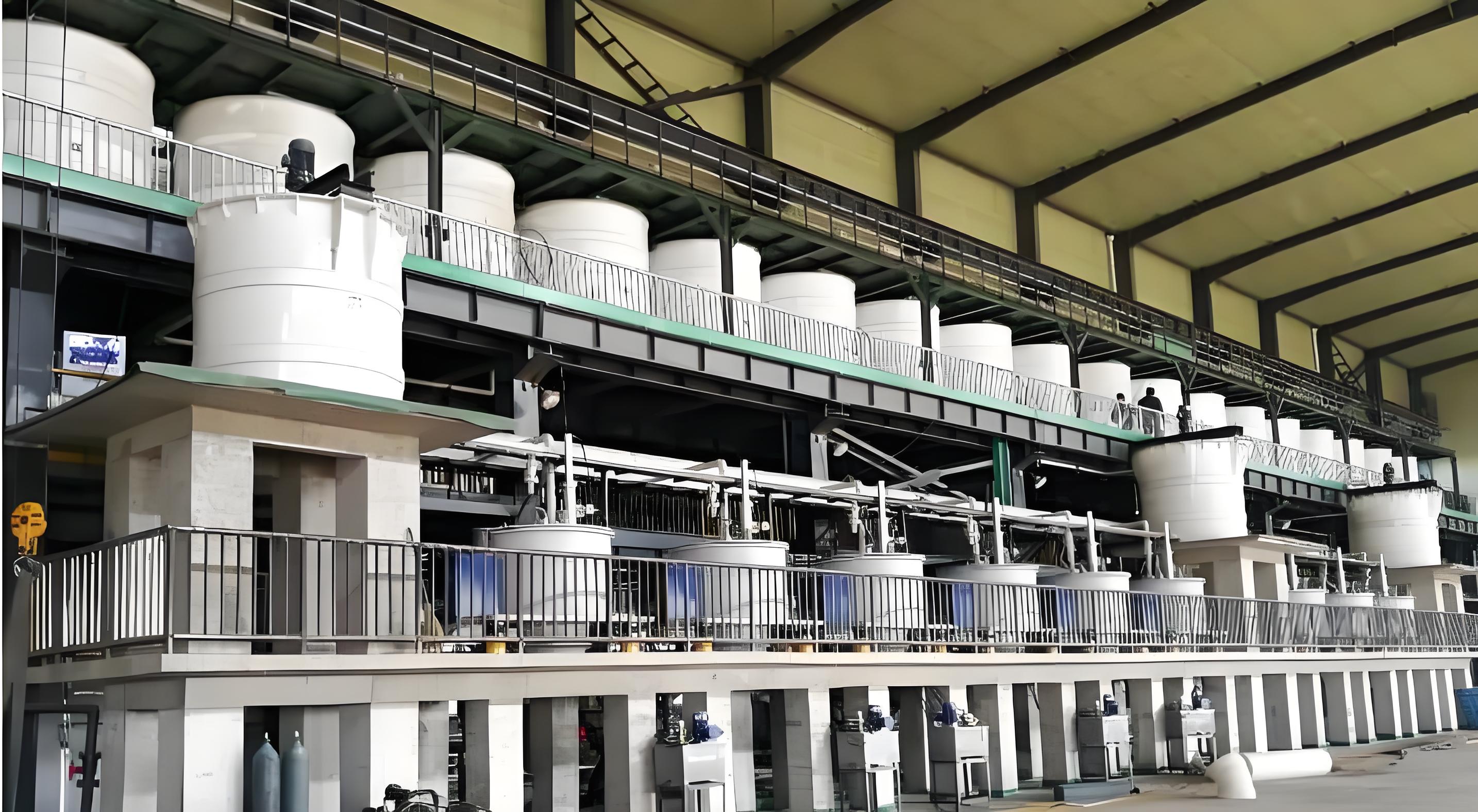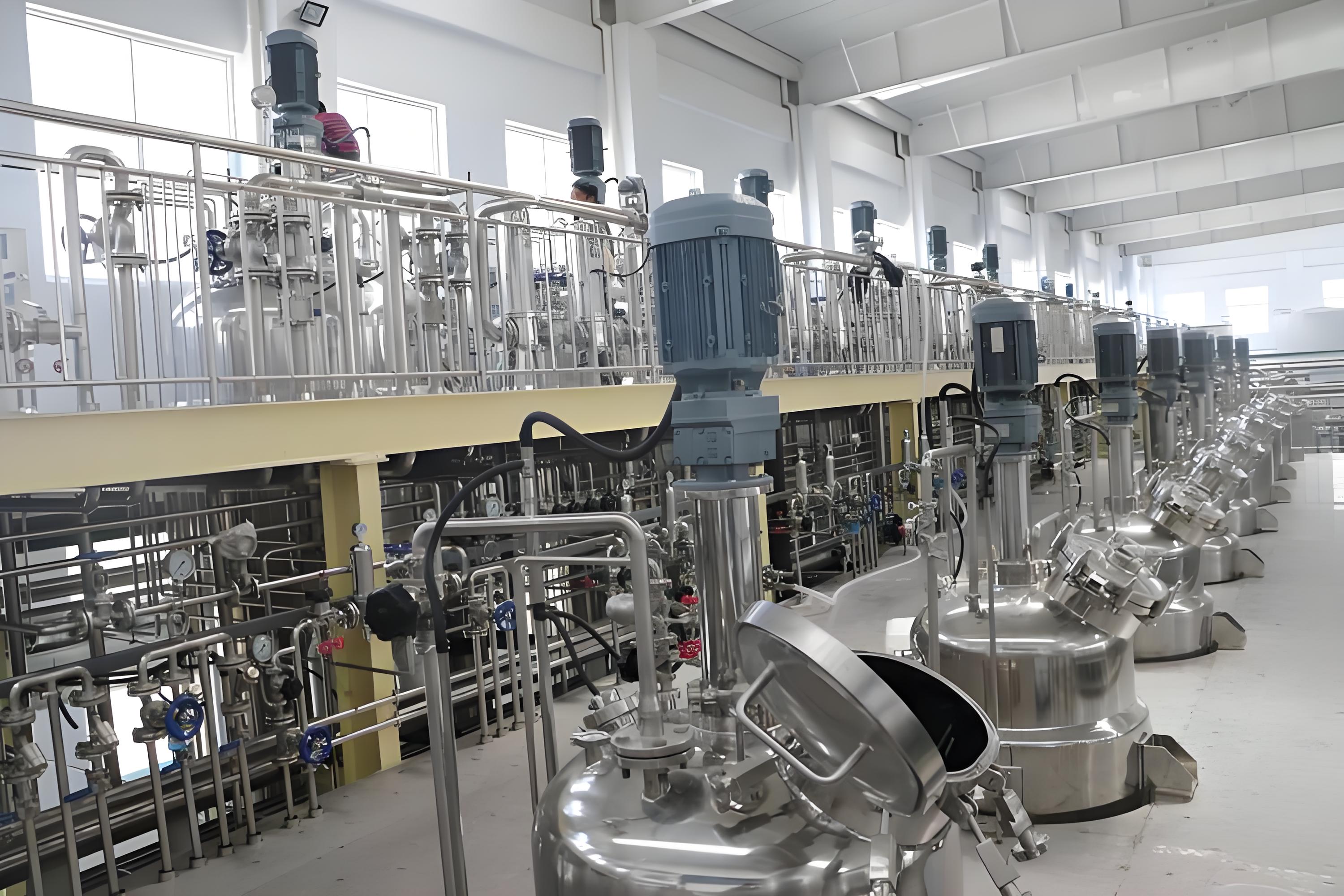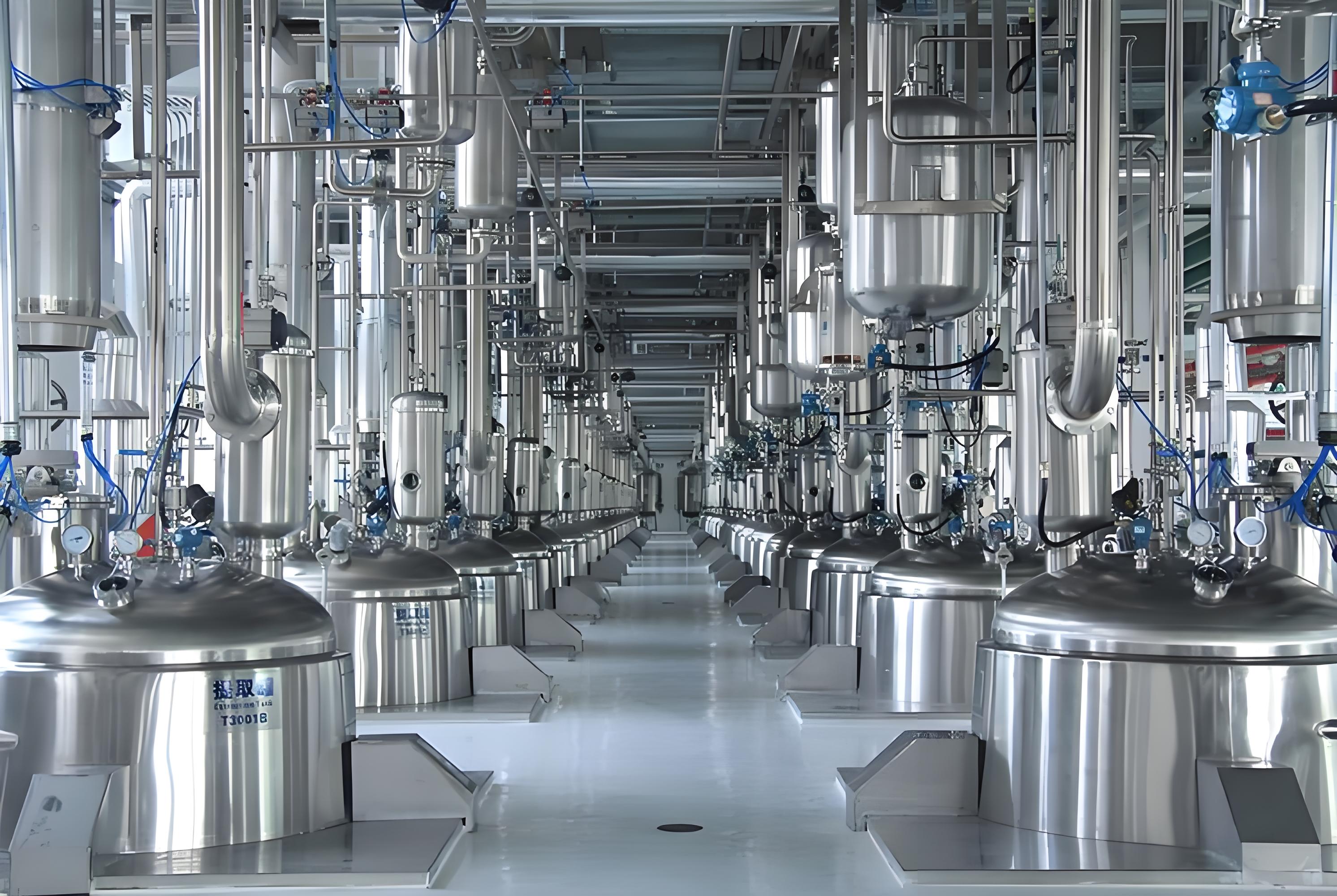Graphite pneumatic conveying
Graphite on-site photos, Dongkai Company provides feasibility analysis, process design, engineering equipment, commissioning, and installation turnkey engineering services for graphite material pneumatic conveying systems based on actual usage conditions on site
Graphite, also known as black lead, is an allotrope of carbon with a relative density of 2.256 g/cm3. Graphite is opaque and has a greasy texture. Its color ranges from iron black to steel gray, and its shape can be crystalline, flaky, scaly, striped, or layered. Graphite has low hardness, stable chemical properties, and is not easily reactive with acids, alkalis, and other chemicals. It is resistant to high temperatures, corrosion, thermal shock, radiation, high strength, good toughness, and has physical and chemical properties such as self-lubricating, conductive, and thermal conductivity. It is widely used in metallurgy, machinery, electronics, military engineering, national defense, aerospace, and other fields.
Physical and chemical properties
Graphite is soft, black gray in color, greasy, and can contaminate paper. The hardness is 1-2, and it can increase to 3-5 along the vertical direction with the increase of impurities. The specific gravity is between 1.9 and 2.3. The specific surface area ranges from 1-20 m2/g, and under oxygen isolation conditions, its melting point is above 3000 ℃, making it one of the most temperature resistant minerals. Due to the fact that each carbon atom emits an electron that can move freely, graphite belongs to the category of conductors. In addition, it can also conduct heat.
high temperature resistance
The melting point of graphite is 3850 ± 50 ℃. Even after ultra-high temperature arc burning, the weight loss is minimal and the coefficient of thermal expansion is also small. The strength of graphite increases with temperature, and at 2000 ℃, the strength of graphite doubles.
Conductivity and thermal conductivity
The conductivity of graphite is one hundred times higher than that of typical non-metallic minerals. Thermal conductivity exceeds that of metal materials such as steel, iron, and lead. The thermal conductivity decreases with increasing temperature, and even at extremely high temperatures, graphite becomes an insulator.
Lubricity
The lubrication performance of graphite depends on the size of graphite flakes. The larger the flakes, the lower the friction coefficient, and the better the lubrication performance.
chemical stability
Graphite has good chemical stability at room temperature, and can resist acid, alkali, and organic solvent corrosion.
plasticity
Graphite has good toughness and can be ground into very thin sheets.
